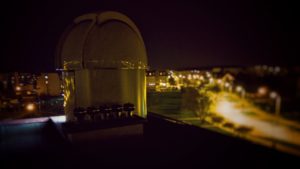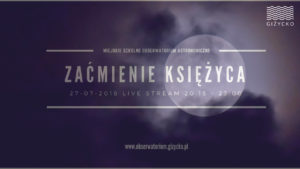Canton is the fellow who updates your astronomy calendar (full moons, equinoxes, etc.) from his laptop in Santa Fe, New Mexico. It’s his birthday today!
The astronomy calendar is an effort of love and no reciprocity is needed or expected, but if you’d like to say thank you for his efforts, then please visit:
http://cantonbecker.com/astronomy-calendar/credits.html
Since you’ll already be awake late tonight, go outside to look at Sirius. You know Sirius as the Dog Star, but it’s better described as the New Year’s Star. Here’s why: every New Year’s Eve (and for the first few days in January) Sirius rises to its highest point (just crossing the meridian) at midnight.
„Think of it, the brightest star visible from our planet reaches its highest point above the horizon at midnight every New Year’s Eve. It’s a wonderful, cosmic reminder that this most brilliant of stellar lights is welcoming in the New Year, giving us all hope for a bright new beginning.”
Canton is the fellow who updates your astronomy calendar (full moons, equinoxes, etc.) from his laptop in Santa Fe, New Mexico. It’s his birthday today!
The astronomy calendar is an effort of love and no reciprocity is needed or expected, but if you’d like to say thank you for his efforts, then please visit:
http://cantonbecker.com/astronomy-calendar/credits.html
Canton is the fellow who updates your astronomy calendar (full moons, equinoxes, etc.) from his laptop in Santa Fe, New Mexico. It’s his birthday today!
The astronomy calendar is an effort of love and no reciprocity is needed or expected, but if you’d like to say thank you for his efforts, then please visit:
http://cantonbecker.com/astronomy-calendar/credits.html
Canton is the fellow who updates your astronomy calendar (full moons, equinoxes, etc.) from his laptop in Santa Fe, New Mexico. It’s his birthday today!
The astronomy calendar is an effort of love and no reciprocity is needed or expected, but if you’d like to say thank you for his efforts, then please visit:
https://cantonbecker.com/astronomy-calendar/credits.html
GIŻYCKO BLIŻEJ GWIAZD!
Obserwatorium astronomiczne – uroczysta prezentacja
12 grudnia o godz. 17.00
Sala Widowiskowa GCK
więcej informacji pod adresem
http://mojegizycko.pl/gizycko-blizej-gwiazd/

Zapraszamy do oglądania !!!!
Canton is the fellow who updates your astronomy calendar (full moons, equinoxes, etc.) from his laptop in Santa Fe, New Mexico. It’s his birthday today!
The astronomy calendar is an effort of love and no reciprocity is needed or expected, but if you’d like to say thank you for his efforts, then please visit:
https://cantonbecker.com/astronomy-calendar/credits.html

Już jest nowy film pokazujący jak wygląda praca i zajęcia w naszym MSOA.
mówiliśmy już o tym co robimy pod linkiem http://obserwatorium.gizycko.pl/?p=193
Już tuż tuż bo 27.07.2018 od 20:15 na naszym kanale YOUTUBE
Zaćmienie Księżyca potrwa godzinę i czterdzieści pięć minut. Spektakl zacznie się się około 21:30 jeśli pogoda będzie nam przychylna pokażemy państwu całość tego wydarzenia.
W naszym mieście powinniśmy być w stanie zaobserwować całe wydarzenie gołym okiem gdyż o 21:30 księżyc powinien być odpowiednio wysoko nad horyzontem, by był widoczny nad linią drzew czy budynków.
Źródła takie jak portal Astronomia24 podają iż, wschód Księżyca dla terenu Polski nastąpi pomiędzy 20:11 dla miast leżących na wschodzie a 20:46 dla miast na zachodzie naszego kraju. Maksymalna faza zaćmienia całkowitego nastąpi około godziny 22:20.
Wiecej informacji na ten temat znajdziecie państwo pod linkiem https://www.spidersweb.pl/2018/07/calkowite-zacmienie-ksiezyca-2018-lipiec.html
Pozdrawiamy i życzymy miłego seansu
Zespół MSOA

